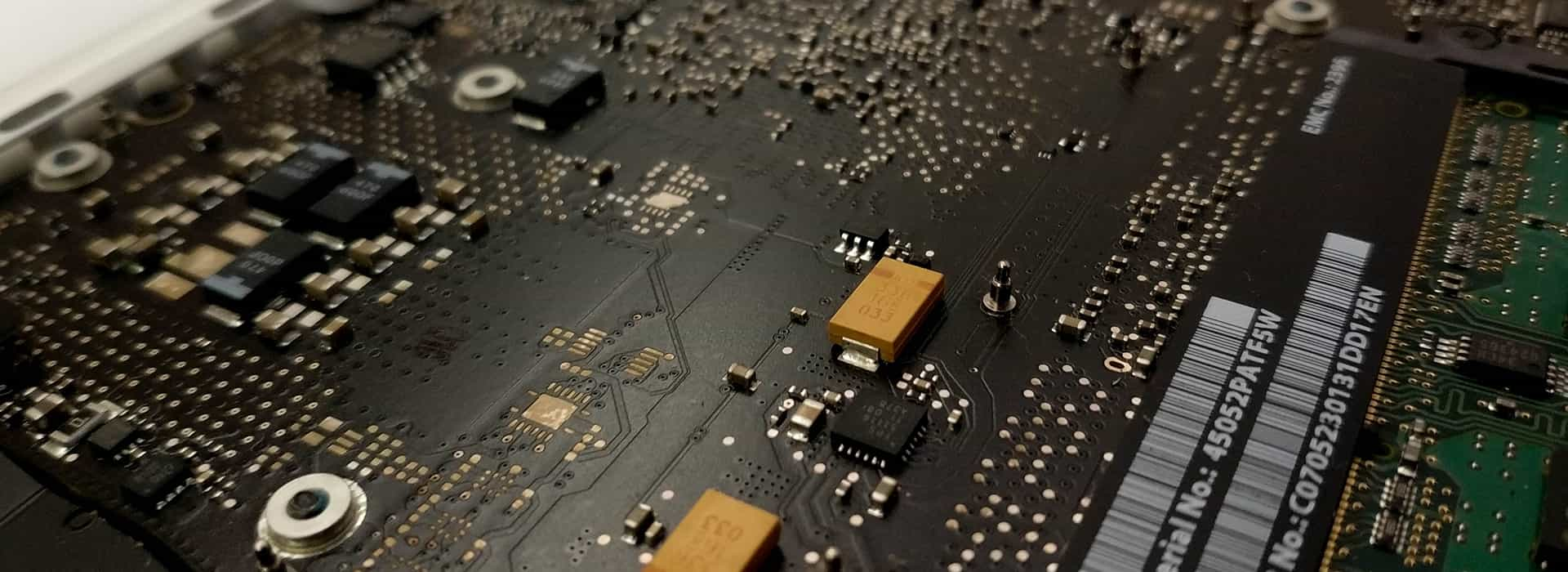Rosin Resins for Soldering Solution
Modified Rosin Resins for Soldering Application

In general, liquid soldering fluxes for electronics remove oxides from the PCB surface to promote wetting and solder flow. Gum rosin and modified rosin resins are key vehicles: typical rosin fluxes contain around 1–45 wt%, while low‑solids/no‑clean fluxes often contain about 2–8 wt%. Rosin acids and added activators remove oxides and facilitate tin wetting on the PCB surface. They also form a protective residue on solder joints that helps prevent re‑oxidation, subject to the flux type and cleaning process.
However, using gum rosin as the primary vehicle in soldering‑flux formulations has drawbacks. Compared with modified‑resin systems, gum‑rosin residues tend to be tacky, can soil PCB surfaces, increase equipment‑maintenance needs and hinder downstream processes such as ICT, AOI and conformal coating. Employing modified‑rosin resin systems in rosin fluxes and low‑solids/no‑clean fluxes helps mitigate these issues, although residue management may still be required to meet process and reliability standards.
Soldering Flux Composition
| Gum Rosin System | Modified Resin System |
|
|
Pros & Cons Summary of Rosin-based Fluxes
| Rosin Flux | |
| PROS |
|
| CONS |
|
| Low Solids/No-Clean Flux | |
| PROS |
|
| – Non-rosin, Alcohol based |
|
| – VOC-free |
|
| CONS |
|
| – Non-rosin, Alcohol based |
|
| – VOC-free |
|
© Produced by: Eddie Groves – Selective Soldering Academy
Edited by: Jonathan Wol – Pillarhouse USA Inc.
Download Product List
Kindly download the list
Halogen Free Formulation
When PCBs have aged or exhibit heavier oxidation, stronger activators are required to enhance rosin‑flux activity. Ammonium‑salt alkalinity can be neutralised with acids within the flux system, depending on the activator package. However, halogenated activators, such as those containing chlorine or bromine, can be corrosive and reduce surface insulation resistance (SIR). Halogens are tightly controlled, and halogen‑free or halide‑free flux designs are increasingly standard under regulatory and reliability pressures, for example RoHS, where applicable. In halogen‑free formulations, low‑molecular‑weight organic acids are commonly used as activators to meet soldering requirements. Flux components may volatilise or partially sublime at soldering temperature, reducing residue, and no‑clean systems aim for residues with relatively high SIR, subject to process conditions and cleaning policy.
Soldering Paste
Solder paste comprises solder powder, flux, solvent, surfactant and a thixotropic agent. The thixotropic agent tunes viscosity and printability to limit trailing, bridging and sticking. The solvent homogenises the paste during mixing and also influences storage life and volatility. Surfactants assist wetting by lowering surface tension at interfaces, whereas oxide removal is primarily the role of flux activators. Flux removes oxides, suppresses re‑oxidation during reflow and provides tack to hold components prior to soldering.
Rosin‑free formulations are an emerging class of solder pastes. Compared with rosin‑based systems, they typically offer low solids content, reduced risk of PCB corrosion, and constituents engineered to decompose, sublime or volatilise at soldering temperatures, resulting in minimal to no visible residue after reflow. These attributes help manufacturing meet stringent ionic‑cleanliness requirements in specific industries.
Rosin‑free solder paste typically comprises surfactants (0.5–3.0%), structuring/flow‑control agents (0.2–2.0%), co‑solvents (5–20%) and solvents (75–90%). Depending on the formulation, surfactants may be based on fatty, aromatic or amino‑acid chemistry, while the structuring agents can derive from hydrocarbon, alcohol or ester chemistries. Co‑solvents may include ethers, esters or terpenes; they improve the solubility of the surfactant and the structuring agents, help to reduce deposition/slagging and increase paste wettability.
To improve the flux performance to meet the different needs of different uses, opt-inhibitor, foaming agent, brightener or matting agent.
| Composition | Ingredient |
| Surfactants (0.5~3.0%) |
|
Forming agent is the role of the flux solvent is volatilized after the active agent carrying a uniform film on the printed board, the ability to obtain better on the tin to prevent the tin solder splash and uneven.
| Composition | Ingredient |
| Structuring/flow‑control agents (0.2~2.0%) |
|
The cosolvent is used for improving the solubility of surfactants and forming agents. Reduce deposition, and increases the wettability of the pastes.
| Composition | Ingredient |
| Co-solvents (5.0~20.0%) |
|
| Composition | Ingredient |
| Solvents (75.0~90.0%) |
|
Get the Quote
Contact our sales team to get the latest product specifications and product quotes.